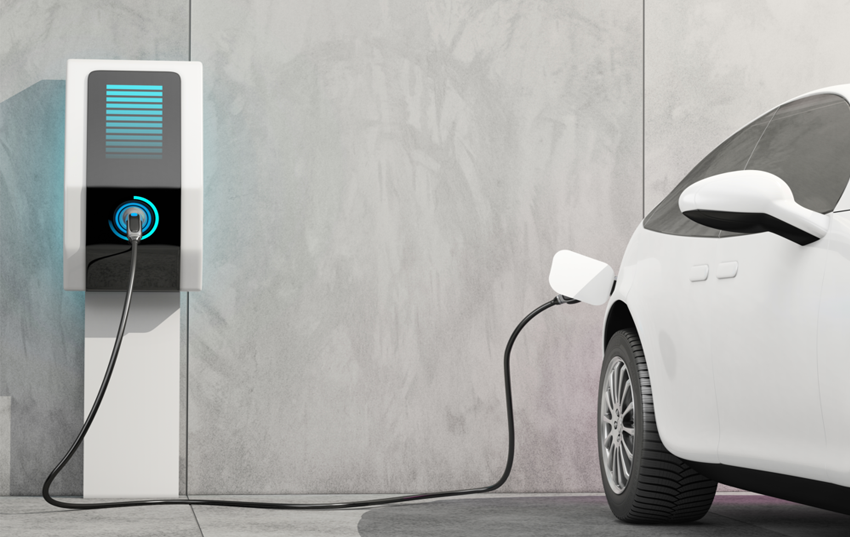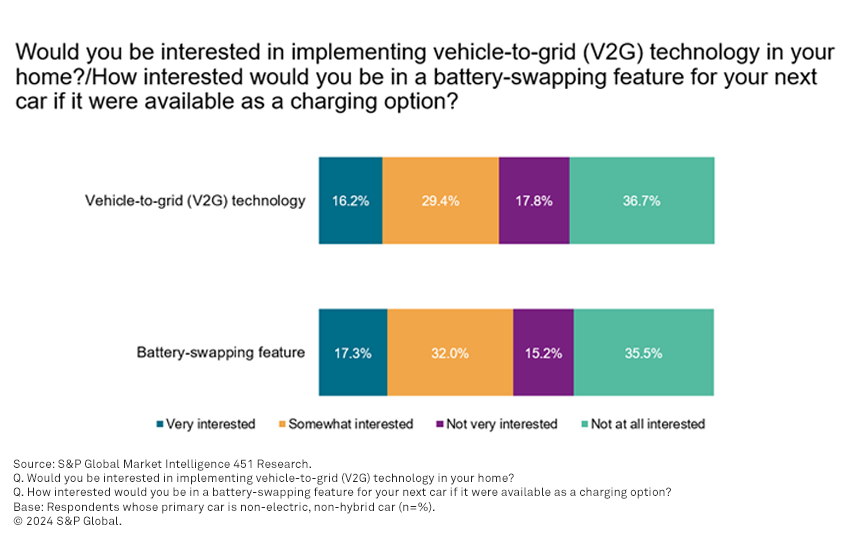
Source: SERGII IAREMENKO/SCIENCE PHOTO LIBRARY/Science Photo Library via Getty Images.
As electric vehicles (EVs) gain traction, the demand for efficient and reliable EV charging infrastructure is increasing. This shift towards sustainable transportation requires a robust integration of IT and operational technology (OT) systems to ensure seamless operations, safety, and enhanced user experiences.
The importance of IT/OT integration
The convergence of IT and OT is essential for managing the complex data and network requirements of EV charging stations. These systems not only control physical devices but also optimize energy usage, integrate renewable sources, and balance grid loads.
By combining information technology with operational technology, organizations can enhance the reliability and performance of charging stations. This integration allows for real-time monitoring, predictive maintenance, and efficient energy management, ensuring that charging stations operate smoothly and respond quickly to any issues that arise.
Emerging EV charging technologies
According to a recent survey conducted by 451 Research, a part of S&P Global Market Intelligence, over half of EV owners show interest in emerging charging technologies such as wireless, V2G, smart charging and battery swapping.

EV charging options are diversifying, offering solutions like wireless charging, battery swapping, and smart charging systems. Wireless charging, for example, uses electromagnetic fields to transfer energy, eliminating the need for physical connectors and simplifying the process. Smart charging systems further enhance efficiency by optimizing charging times based on grid demand and energy prices.
Battery swapping provides a rapid alternative to traditional charging by allowing drivers to exchange depleted batteries for fully charged ones. This method significantly reduces downtime and is particularly beneficial for commercial fleets. Smart charging systems, meanwhile, can communicate with the grid to determine the most efficient times to charge, reducing costs and minimizing the impact on the energy grid.
Enhancing cybersecurity
With the rise of EV charging infrastructure, cybersecurity becomes paramount. Protecting data, communication channels, and physical assets from unauthorized access is critical. Implementing robust security measures ensures the integrity of these systems and builds trust with consumers.
Cyber threats pose significant risks to EV charging networks, potentially leading to data breaches or operational disruptions. To mitigate these risks, organizations must adopt comprehensive security protocols, including encryption, secure communication channels, and regular system audits. Ensuring cybersecurity not only protects infrastructure but also maintains consumer confidence in the safety and reliability of EV charging solutions.
Market players and solutions
Key players such as Tesla, ChargePoint, and Siemens are leading the charge in providing comprehensive solutions across the EV supply chain. These organizations offer integrated hardware and software platforms to streamline operations and enhance service reliability. Additionally, companies like IBM and AWS are leveraging data analytics and AI to improve real-time monitoring and predictive maintenance.
Tesla, for instance, integrates its vehicles with its charging network, allowing seamless authentication and payment processes for users. ChargePoint offers a versatile platform that supports various payment methods, making it easier for consumers to access charging services. Meanwhile, Siemens focuses on providing scalable and efficient charging solutions that cater to both urban and rural areas.
The future of EV charging
As the infrastructure expands, advancements in IT/OT systems and user experiences are expected. Smart charging solutions and integrated payment systems will further optimize energy use and simplify the charging process. This evolution will drive greater convenience and accessibility, supporting the widespread adoption of electric vehicles.
Future developments may include vehicle-to-grid (V2G) systems, which allow EVs to return stored energy to the grid, helping to stabilize energy demands. Additionally, real-time data on station availability and integrated smartphone apps will streamline the charging experience, making it more user-friendly. These innovations will not only enhance the efficiency of EV charging but also contribute to a more sustainable and resilient energy ecosystem.
The journey towards sustainable mobility is well underway, and the development of robust EV charging infrastructure is a critical component. By embracing innovative technologies and strategic partnerships, the industry is poised to meet the growing demands of the EV market.
Want insights on IoT trends delivered to your inbox? Join the 451 Alliance.
Want insights on consumer technology trends delivered to your inbox? Join the 451 Alliance.
This content may be AI-assisted and is composed, reviewed, edited and approved by S&P Global in accordance with our Terms of Service.

